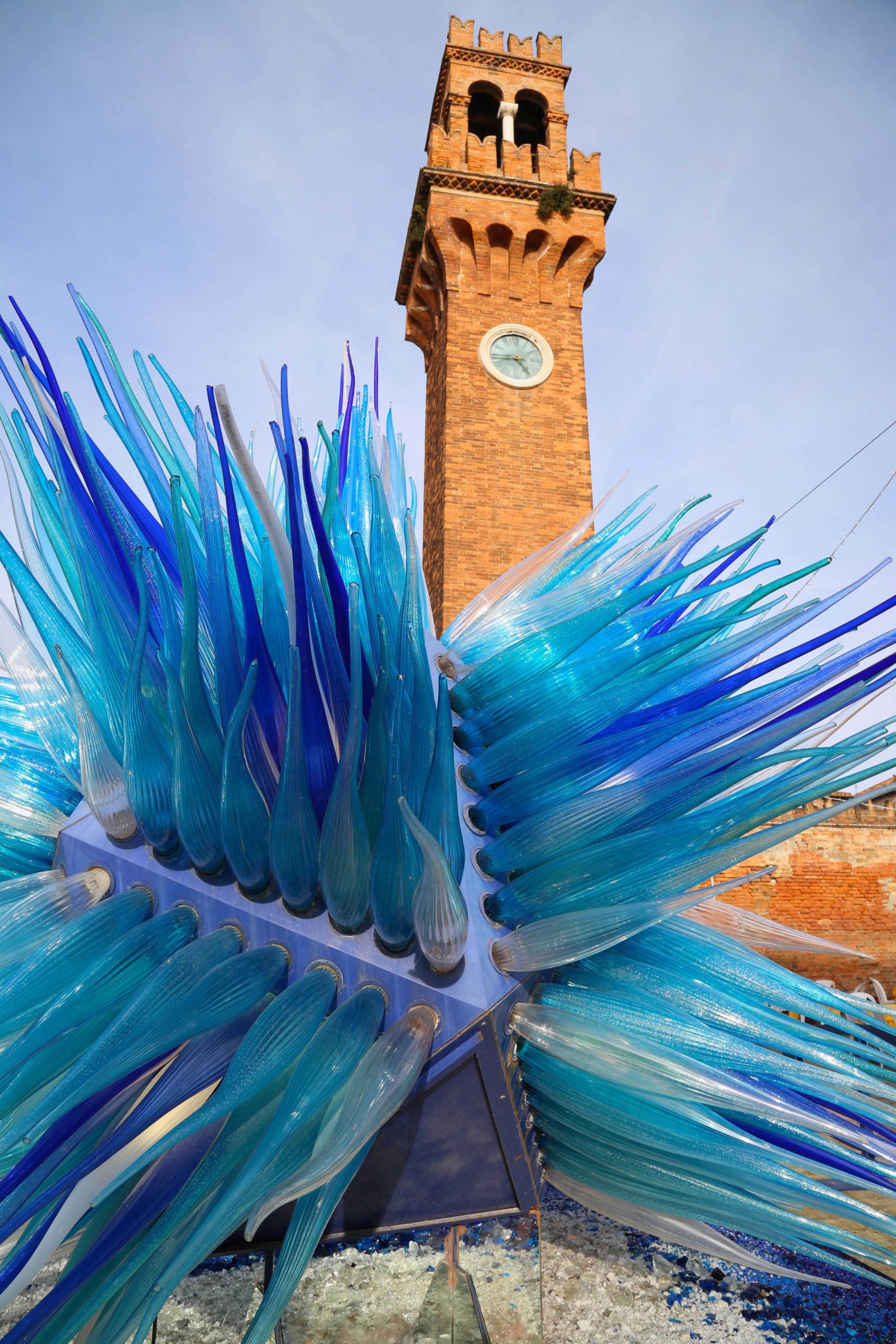Architecture is a discipline that sorts order out of complication. It distills design, a disparate collection of elements, a slew of math and engineering, and competing components of volume and space to create an eye-pleasing blend of beauty and function. At its most sublime, architecture can sum up what a culture holds dear and aspires to be. The Colosseum, one of the most iconic architectural wonders of Western civilization, proclaims the greatness of the Roman Empire.
A great deal is known about the Colosseum – or Flavian Amphitheater – but one mystery is the name of the architect who designed it. That person has vanished from the pages of history. Like many accomplishments achieved during the Roman Empire, the Colosseum is an idea whose location, and very existence, is a story steeped in intrigue, ambition, and political expediency. Today, the Colosseum is a beloved site, but its beginning arose from a bad ending.



